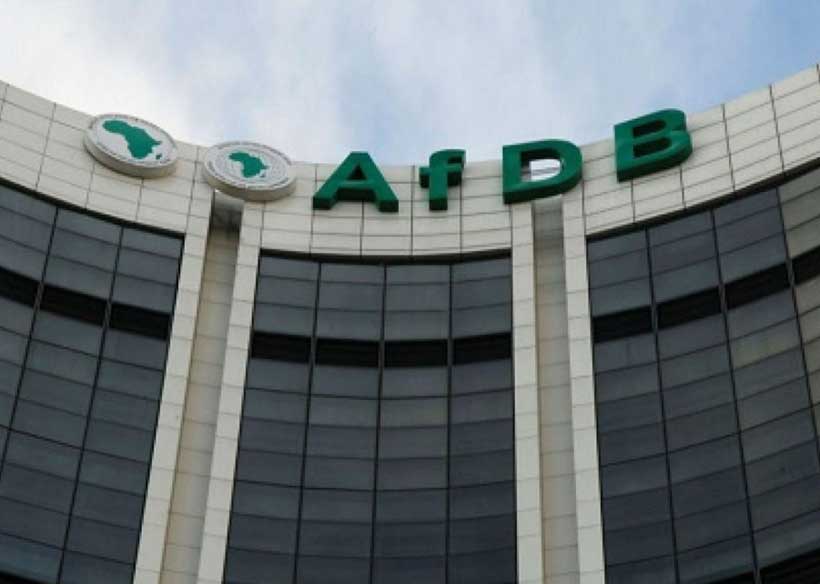Microfinance sector bullish about ZiG
THE microfinance sector is feeling optimistic about the future, thanks to the introduction of the Zimbabwe Gold (ZiG) currency.
ZiG is backed by gold and foreign currency reserves, which has created a more stable economic environment and instilled confidence.
The sector’s first-quarter trading report highlights the potential of ZiG to stabilise prices and exchange rates.
The currency’s recent appreciation against the US dollar has buoyed business confidence, resulting in more players embracing the local currency and observing a smooth transition to ZiG transactions.
The strength of the ZiG lies in its backing by precious metals, reflected in its current exchange rate of US$1: ZiG13,30 down from US$1: ZiG13,56 at its launch in early April.
Price stability with minimal exchange rate fluctuations further strengthens the sector’s optimism.
However, the report acknowledges the microfinance sector’s struggles with currency depreciation in the past, with local currency lending dropping to just 2,1 percent of the gross loan portfolio in the first quarter.
The arrival of ZiG offers a hopeful outlook, not just for the microfinance sector, but for a future with increased local currency lending.
The Reserve Bank of Zimbabwe (RBZ) issued a circular to banking and microfinance institutions outlining the anticipated resumption of lending in ZiG currency.
Financial institutions must adhere to the set interest rate corridor, ranging from 11 percent to 25 percent per annum (roughly 0,91 percent to 2 percent per month), to help minimise public complaints regarding excessive charges associated with ZiG loans.
The circular encourages compliance with these guidelines established by the monetary authorities.
“The currency depreciated by 256 percent during the quarter under review, from US$1: $6 120 at 31 December 2023 to US$1: $22 100 as at 31 March 2024.
“This culminated in the introduction of a new currency, the ZiG effective 5 April 2024. The new currency is anchored on a composite basket of foreign currency and precious metals, mainly gold held as reserves by the Reserve Bank of Zimbabwe.
“This currency is largely expected to be stable and as such will bring price and exchange rate stability, which will ultimately benefit the clients and businesses, including the microfinance sector,” reads the statement.-chronicle










